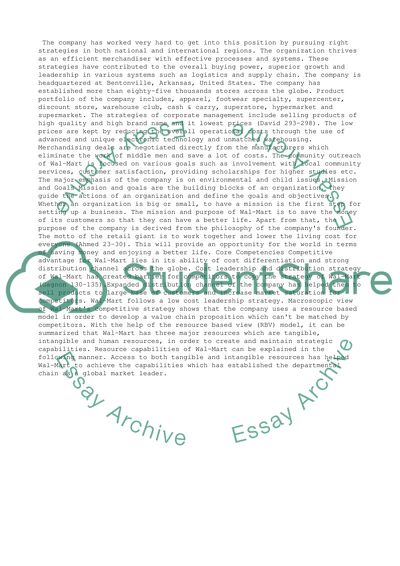Cite this document
(“WALMART-international corporation Research Paper”, n.d.)
WALMART-international corporation Research Paper. Retrieved from https://studentshare.org/business/1488481-walmart-international-corporation
WALMART-international corporation Research Paper. Retrieved from https://studentshare.org/business/1488481-walmart-international-corporation
(WALMART-International Corporation Research Paper)
WALMART-International Corporation Research Paper. https://studentshare.org/business/1488481-walmart-international-corporation.
WALMART-International Corporation Research Paper. https://studentshare.org/business/1488481-walmart-international-corporation.
“WALMART-International Corporation Research Paper”, n.d. https://studentshare.org/business/1488481-walmart-international-corporation.


